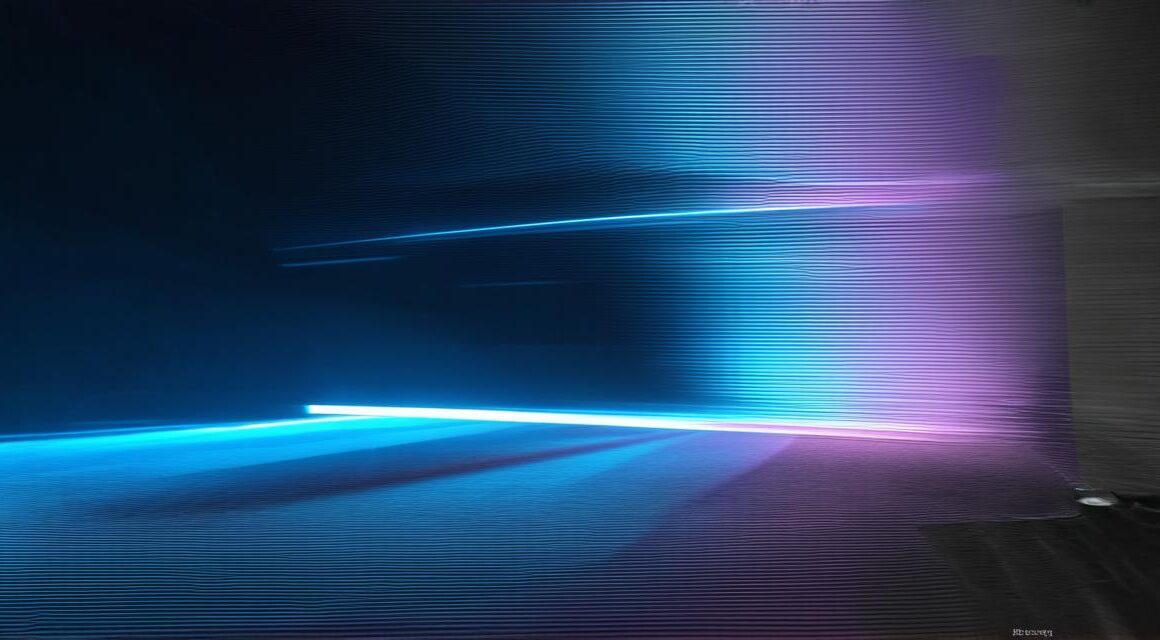Are you looking to add some excitement and interactive elements to your Unity 3D game? Creating movement in Unity 3D is an essential aspect of game development that can greatly enhance player experience. In this guide, we will explore the different ways to create movement in Unity 3D and how to optimize it for a smooth and enjoyable gaming experience.
1. Understanding Movement in Unity 3D
Before diving into the technical aspects of creating movement in Unity 3D, let’s first understand what movement means in the context of game development. Movement refers to the ability of an object or character within a game to move around and interact with the environment. This can include translational movement (moving forward, backward, left, right), rotational movement (turning around), and scaling movement (changing size).
2. Rigidbody Component
One of the most commonly used components for creating movement in Unity 3D is the Rigidbody component. This component allows you to control the physics of an object within your game, including its mass, velocity, and acceleration. You can use this component to create realistic and responsive movement, such as character movement or vehicle movement.
Here’s an example of how to add a Rigidbody component to an object in Unity:
- Select the object you want to add movement to in the Hierarchy view.
- Go to the Inspector window and click on the “Add Component” button.
- Search for “Rigidbody” and select it from the list of available components.
3. Animator Controller
Another important component for creating movement in Unity 3D is the Animator controller. This component allows you to create animations for your objects, including character movements, object interactions, and environmental changes. You can use the Animator controller to create smooth and fluid transitions between different states of an object, such as walking, running, jumping, or flying.
Here’s an example of how to add an Animator controller to an object in Unity:
- Select the object you want to add movement to in the Hierarchy view.
- Go to the Inspector window and click on the “Add Component” button.
- Search for “Animator” and select it from the list of available components.
4. Creating Movement Animation States
Once you’ve added the Animator controller to your object, you can start creating movement animation states. These states represent different actions that your object can perform, such as walking, running, jumping, or attacking. You can use keyframes and curves in the Animator editor to create smooth transitions between different states.
5. Creating Movement Animation Clips
Once you’ve created your movement animation states, you can export them as animation clips that can be used in your game. These clips can be imported into Unity or other animation software, allowing you to fine-tune and optimize your animations further.
6. Adding Movement Scripts
In addition to using components like Rigidbody and Animator, you can also write custom movement scripts in Unity to control the behavior of your objects. These scripts can be used to add complex movements, such as character movements with different speeds and directions, or object interactions that require precise timing and positioning.
7. Optimizing Movement for Performance
When creating movement in Unity 3D, it’s important to optimize your code and assets for performance. This can include reducing the number of draw calls, minimizing the use of expensive shaders, and using LOD (Level of Detail) systems to reduce the complexity of your objects based on their distance from the camera.
8. Conclusion
Creating movement in Unity 3D is a fundamental aspect of game development, and there are many tools and techniques available to help you achieve realistic and engaging movements in your games. By using components like Rigidbody and Animator, writing custom scripts, and optimizing your code and assets for performance, you can create immersive and interactive experiences that keep players engaged and coming back for more.



